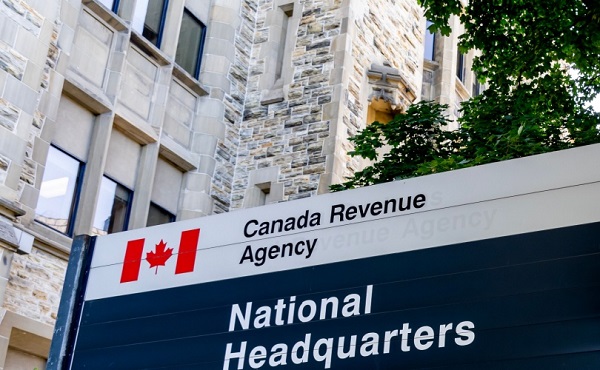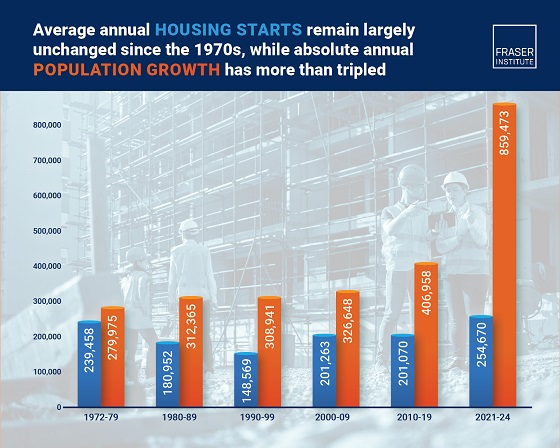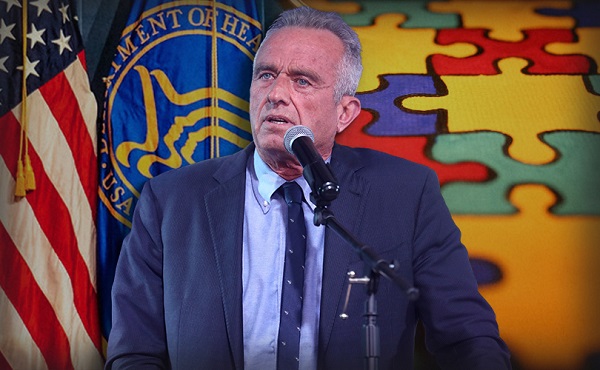Alberta
Three quarters of Albertans are double vaccinated. Province launches third booster shot.
Vaccine eligibility expands, milestone hit
More than 75 per cent of eligible Albertans are now fully immunized against COVID-19 while thousands more Albertans are now eligible for a third COVID-19 vaccine dose.
Starting Oct. 6, Albertans age 75 and older and First Nations, Inuit and Métis people age 65 and older can begin booking for a third dose at least six months after their second dose.
Acting on the recommendations of the Alberta Advisory Committee on Immunization, Alberta is one of the first provinces in Canada to offer third doses of vaccine to these age groups. Older Albertans, along with those who are immunocompromised or in seniors supportive living, are receiving third doses because of their increased risk of hospitalization, death or other severe outcomes from COVID-19.
Health officials will continue to monitor all emerging evidence on vaccine effectiveness across Canada and around the world.
“We are pleased to offer additional protection for those Albertans who are most at risk of serious illness from COVID-19. Getting fully vaccinated is not only important to help protect yourself and others, but is also vital to protecting our health-care system.”
“We know that COVID-19 can be especially dangerous for our older populations and continue to do everything we can to keep them safe. Over three-quarters of eligible Albertans are now fully immunized. I encourage everyone to think of their family, friends and neighbours and get fully vaccinated as soon as possible.”
“The data shows that seniors may experience waning immunity approximately six months after their second dose. A third dose will be beneficial for our elderly population to ensure they have the best protection from COVID-19 as we move through this fourth wave. At this time, the evidence does not support a need for additional doses for the general population, but we continue to monitor the data and will adapt as new evidence emerges.”
Double dose milestone hit
Currently, 75.1 per cent of eligible Albertans are fully vaccinated against COVID-19 after receiving two vaccine doses.
In addition, 84.5 per cent of eligible Albertans have received at least one dose. More than 500,000 first, second and third doses have been administered since Sept. 3.
All eligible Albertans are strongly encouraged to get fully vaccinated soon as possible to protect themselves, their families and their communities.
Albertans eligible for third doses
In addition to Albertans aged 75 and older, and First Nations, Métis and Inuit people aged 65 and older, third doses are available for seniors living in congregate care. These individuals are at the highest risk of severe outcomes and potential spread within congregate living sites, and will receive their doses on-site.
A number of immunocompromising conditions also qualify for an additional dose at least eight weeks after a second dose. For a full list, visit alberta.ca/vaccine.
Additional mRNA doses are also available to Albertans who are travelling to a jurisdiction that does not accept visitors who have been vaccinated with Covishield/AstraZeneca or mixed doses.
Anyone in the general population who receives a complete two-dose COVID-19 vaccine series can be confident that they have strong protection against severe illness and hospitalization due to COVID-19.
Booking a third-dose appointment
Eligible Albertans aged 75 and older and First Nations, Metis and Inuit persons living off-reserve can book appointments for third doses at participating pharmacies and physician clinics by using the booking system at alberta.ca/vaccine. Albertans can also call 811, participating pharmacies or participating physicians’ offices, or find a community pharmacy providing walk-in vaccinations.
Individuals aged 65 and older who live on a First Nations reserve will be able to access third doses through local public health clinics on-reserve.
If you are deemed ineligible due to your age, or six months has not passed since receiving your second dose, you will be asked to re-book when eligible.
Outdoor gathering restrictions
To reduce the spread of COVID-19, an updated public health measure will apply to all outdoor private social gatherings effective Oct. 6:
- Outdoor private social gatherings are limited to a maximum of 20 people, with two-metre physical distancing between households at all times. This is a decrease from the previous limit of 200 attendees.
- All other previously public health measures remain in place at this time.
- Additional information on all the public health measures is available at alberta.ca/covid19.
Alberta
Made in Alberta! Province makes it easier to support local products with Buy Local program

Show your Alberta side. Buy Local. |
When the going gets tough, Albertans stick together. That’s why Alberta’s government is launching a new campaign to benefit hard-working Albertans.
Global uncertainty is threatening the livelihoods of hard-working Alberta farmers, ranchers, processors and their families. The ‘Buy Local’ campaign, recently launched by Alberta’s government, encourages consumers to eat, drink and buy local to show our unified support for the province’s agriculture and food industry.
The government’s ‘Buy Local’ campaign encourages consumers to buy products from Alberta’s hard-working farmers, ranchers and food processors that produce safe, nutritious food for Albertans, Canadians and the world.
“It’s time to let these hard-working Albertans know we have their back. Now, more than ever, we need to shop local and buy made-in-Alberta products. The next time you are grocery shopping or go out for dinner or a drink with your friends or family, support local to demonstrate your Alberta pride. We are pleased tariffs don’t impact the ag industry right now and will keep advocating for our ag industry.”
Alberta’s government supports consumer choice. We are providing tools to help folks easily identify Alberta- and Canadian-made foods and products. Choosing local products keeps Albertans’ hard-earned dollars in our province. Whether it is farm-fresh vegetables, potatoes, honey, craft beer, frozen food or our world-renowned beef, Alberta has an abundance of fresh foods produced right on our doorstep.
Quick facts
- This summer, Albertans can support local at more than 150 farmers’ markets across the province and meet the folks who make, bake and grow our food.
- In March 2023, the Alberta government launched the ‘Made in Alberta’ voluntary food and beverage labelling program to support local agriculture and food sectors.
- Through direct connections with processors, the program has created the momentum to continue expanding consumer awareness about the ‘Made in Alberta’ label to help shoppers quickly identify foods and beverages produced in our province.
- Made in Alberta product catalogue website
Related information
Alberta
Province to expand services provided by Alberta Sheriffs: New policing option for municipalities

Expanding municipal police service options |
Proposed amendments would help ensure Alberta’s evolving public safety needs are met while also giving municipalities more options for local policing.
As first announced with the introduction of the Public Safety Statutes Amendment Act, 2024, Alberta’s government is considering creating a new independent agency police service to assume the police-like duties currently performed by Alberta Sheriffs. If passed, Bill 49 would lay additional groundwork for the new police service.
Proposed amendments to the Police Act recognize the unique challenges faced by different communities and seek to empower local governments to adopt strategies that effectively respond to their specific safety concerns, enhancing overall public safety across the province.
If passed, Bill 49 would specify that the new agency would be a Crown corporation with an independent board of directors to oversee its day-to-day operations. The new agency would be operationally independent from the government, consistent with all police services in Alberta. Unlike the Alberta Sheriffs, officers in the new police service would be directly employed by the police service rather than by the government.
“With this bill, we are taking the necessary steps to address the unique public safety concerns in communities across Alberta. As we work towards creating an independent agency police service, we are providing an essential component of Alberta’s police framework for years to come. Our aim is for the new agency is to ensure that Albertans are safe in their communities and receive the best possible service when they need it most.”
Additional amendments would allow municipalities to select the new agency as their local police service once it becomes fully operational and the necessary standards, capacity and frameworks are in place. Alberta’s government is committed to ensuring the new agency works collaboratively with all police services to meet the province’s evolving public safety needs and improve law enforcement response times, particularly in rural communities. While the RCMP would remain the official provincial police service, municipalities would have a new option for their local policing needs.
Once established, the agency would strengthen Alberta’s existing policing model and complement the province’s current police services, which include the RCMP, Indigenous police services and municipal police. It would help fill gaps and ensure law enforcement resources are deployed efficiently across the province.
Related information
-

 illegal immigration2 days ago
illegal immigration2 days agoDespite court rulings, the Trump Administration shows no interest in helping Abrego Garcia return to the U.S.
-

 2025 Federal Election2 days ago
2025 Federal Election2 days agoEuthanasia is out of control in Canada, but nobody is talking about it on the campaign trail
-

 2025 Federal Election2 days ago
2025 Federal Election2 days agoConservative MP Leslyn Lewis warns Canadian voters of Liberal plan to penalize religious charities
-

 2025 Federal Election2 days ago
2025 Federal Election2 days agoHousing starts unchanged since 1970s, while Canadian population growth has more than tripled
-

 Education2 days ago
Education2 days agoSchools should focus on falling math and reading grades—not environmental activism
-

 2025 Federal Election16 hours ago
2025 Federal Election16 hours agoRCMP Whistleblowers Accuse Members of Mark Carney’s Inner Circle of Security Breaches and Surveillance
-

 Autism1 day ago
Autism1 day agoAutism Rates Reach Unprecedented Highs: 1 in 12 Boys at Age 4 in California, 1 in 31 Nationally
-

 Bjorn Lomborg1 day ago
Bjorn Lomborg1 day agoGlobal Warming Policies Hurt the Poor





